Get ready to
LET THE DAYLIGHT IN
Daylighting of buildings, visual comfort, and low-energy design.
PUBLICATIONS
Articles, publications, presentations
Access articles and publications on architecture, daylighting strategies for interiors, algorithmic design tools, Open BIM workflows, and basic principles for low-energy building design.
Design guides for students
Explore design guides created for architecture students, and equally valuable to practicing architects. Discover how light, form, function, and technology shape sustainable, energy-efficient, and human-centered buildings.
'Free knowledge for open minds.'
These publications are freely available for personal, non-commercial online reading and sharing—no sign-up or email required. Please read the 'Access and use' in the footer.
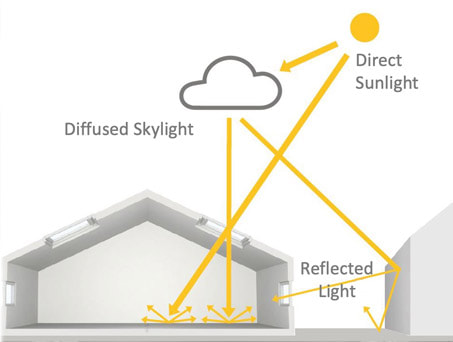
Shaping Spaces with Light - Design Principles and the EN 17037 EU Standard
Light is one of architecture’s most powerful materials. It transforms spaces, influences well-being, and brings buildings to life. This presentation invites students of architecture and practicing architects alike to explore the art and science of daylighting—guided by the design principles of the EN 17037 standard. Get to know the basics of natural and artificial lighting, the regulatory framework, and design strategies. Discover how thoughtful daylight design not only enhances comfort and sustainability but also elevates the human experience of architecture.
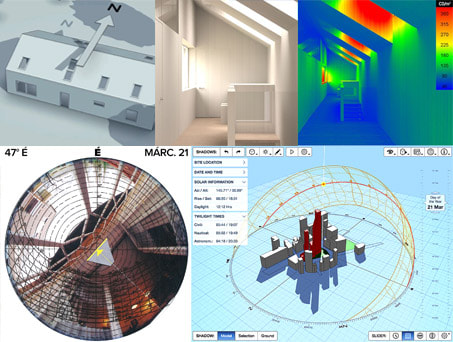
Well-being and Energy Performance Through Daylight - The 17037 EU Standard
This article compares the current (Hungarian) building code regulations and the normative proposals of the EN 17037 European Standard. The EU standard addresses both the quantity and quality of daylight in buildings.
It encourages architects and owners to design and realize buildings and indoor spaces that are more comfortable for occupants, promote psychological well-being, reduce operational costs, and support the active use of renewable energy sources. (Hungarian article.)
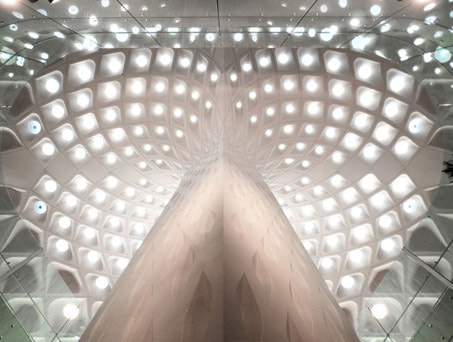
Algorithmic Design for Low-Energy Architecture
This presentation introduces architecture students to the fundamentals of algorithmic design and its role in shaping sustainable, low-energy buildings. Gain insight into how advanced design tools can optimize performance, reduce energy use, and support sustainable architecture. Topics include the basics of algorithmic design, its application in sustainable building strategies, and the tools that enable architects to create smarter, energy-efficient solutions, featuring case studies.
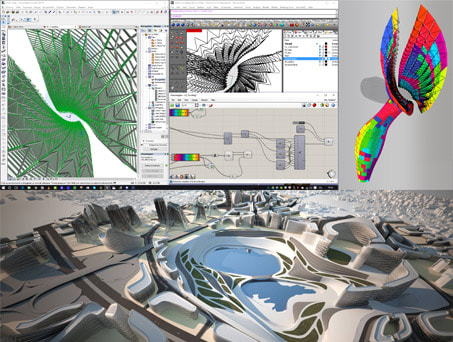
Algorithmic Design for Energy-Efficient and Site-Responsive Buildings
This article provides a brief - and very basic - introduction to algorithmic design and explores its applications in architectural practice. It demonstrates how algorithmic approaches can be used to create energy-efficient, cost-effective buildings that are fully responsive to site and climate conditions, while adhering to regulations and accommodating all required functions. A case study illustrates a real-world design scenario, detailing workflow steps using computer software applications.

Building Smarter Together - The Power of Open BIM
This presentation offers a historical overview of the evolution of Building Information Modeling (BIM). It highlights the principles of Open BIM, focusing on collaborative design and integrated workflows, while emphasizing its core values and business benefits for architects, engineers, developers, and building owners. The session also explores how Open BIM supports the entire building life cycle—from design and procurement to construction, assembly, and long-term operation.
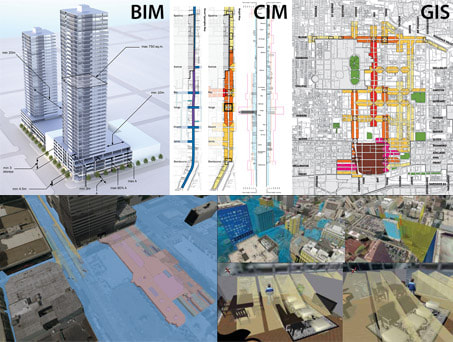
BIG Data for Smarter Cities - Using Technology to Save Resources and Improve our Built Environment
Smart cities utilize Information Technology (IT) infrastructure to reduce maintenance costs and save natural resources while providing a better living environment for inhabitants. Various sectors—including traffic and healthcare—have been developing technologies for smarter cities, yet the energy, water, and waste-management sectors have a major influence on our sustainable future; therefore, these sectors are at the forefront of such technology development.
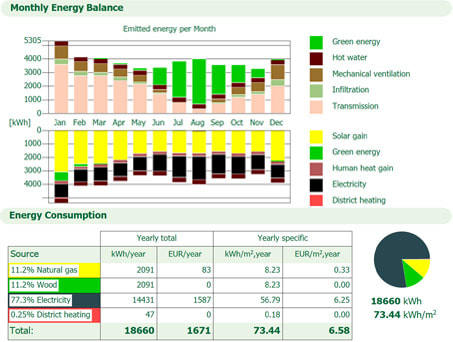
Why Early Design Choices Matter the Most for Building Energy Performance
In sustainable design, nearly 80% of the decisions that shape a building’s energy performance are made by architects during the early design phase. The remaining 20% typically come later, handled by engineers. This makes it crucial for architects to have access to fast and reliable energy performance evaluation workflows—right from the start of the design process, and independent of the software tools they choose to use.
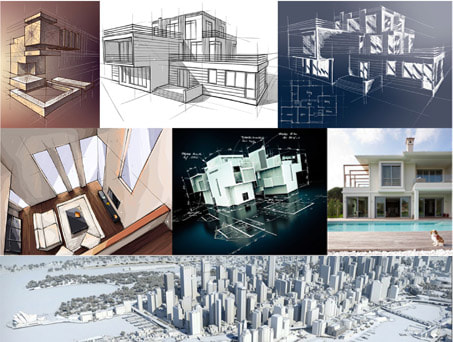
Daylighting Principles for Architects for the Early Design Stage
To ensure that architects understand the impact of their design decisions on daylighting from the earliest conceptual stages, they advocate for the development of tools and aids that provides practical support during planning and decision-making; delivers accurate and reliable results that allow natural lighting effects to be anticipated; usable at any stage of the design process, including the conceptual phase; require no extensive preliminary studies or the involvement of specialized engineers; generate suitable sizing results within 15 minutes rather than days; accessible at no additional cost and without additional training.
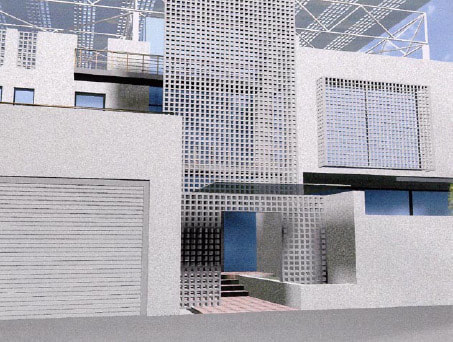
Climatic adoption of modern housing in a traditional environment
This article presents an architectural design competition entry that expresses and emphasizes the traditional, cultural, and economic benefits of the building energy strategy and its importance in the architectural design process. The house responds to Bahrain's hot and dry climate. It establishes thermal comfort with a modern expression, using traditional methods: reflective surfaces, control and use of external gains, daylighting, natural ventilation, and evaporative cooling.
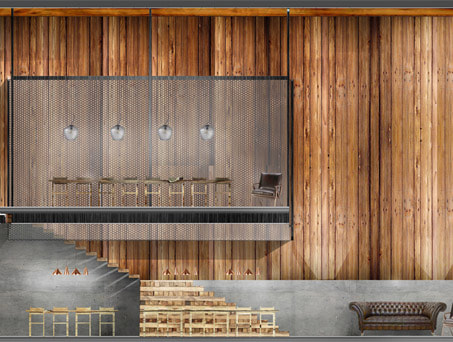
Artificial Lighting in Buildings - Essential Design Guidelines
This design guide supports architecture students (and practicing architects alike) in developing effective artificial lighting solutions for interior spaces. As part of the Comprehensive Design 2 semester project, students are tasked with producing detailed architectural working drawing sets at scales of 1:50, 1:10, and 1:5. This exercise not only builds technical skills but also strengthens the integration of lighting design within architectural practice.

Electrical Power Demand of Buildings - Essential Design Guidelines
This design guide helps architecture students understand the fundamentals of electrical power planning in buildings. It provides guidance on forecasting power supply methods, determining overall electrical demand, and designing essential technical spaces such as switch rooms, battery (UPS) rooms, transformer stations, and generator facilities. By integrating these principles into architectural design, students will gain the skills to create buildings that are both functional and prepared for modern energy requirements.
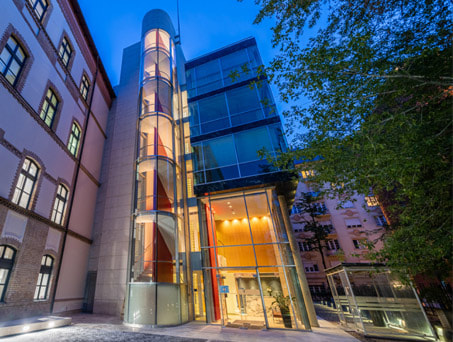
The NBC office building - Transparent Matters
In Budapest, close to the Hungarian Parliament on Kossuth Lajos ter, and on Honved utca immediately adjacent to the headquarters of BNP-Dresner Bank, will sit the NBC Building. It offers seven floors of fully air-conditioned, bright, stylish, and flexible accommodation within a highly contemporary and technologically advanced envelope. A striking new addition to the architectural heritage of the District, which will undoubtedly contribute to the enhancement of its environment. (Architectural design articles about the NBC office building in English, German, and Hungarian).
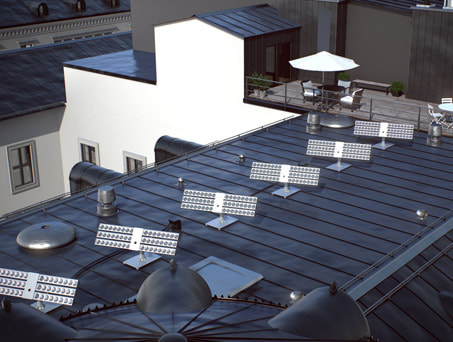
From Sunlight to Savings - Transforming Indoor Spaces with Daylighting
Well-designed natural lighting systems can reduce electricity consumption for lighting by an average of 30–60%, depending on factors such as the room’s function, occupancy, and structural characteristics of the installation. People working in naturally lit environments experience less fatigue compared to those under artificial lighting. Additionally, retail spaces with natural lighting often see a significant increase in customer traffic. Daylighting systems deliver zero-carbon natural sunlight for indoor environments by capturing sunlight and directing it - via fiber optics - deep into the building, far from windows. (Hungarian article.)
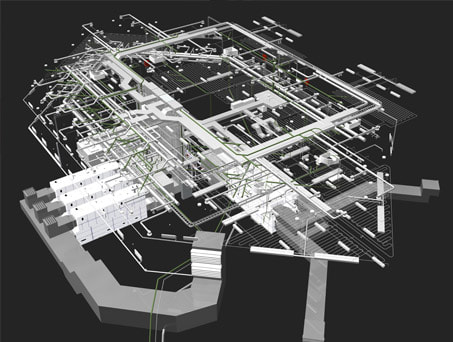
From Calculations to Collaboration: The Impact of Open BIM Workflows
MEP engineers design and evaluate a building’s heating and cooling systems, developing piping networks and mechanical units—both indoor and outdoor—based on precise calculations. In doing so, they may also recommend adjustments to architectural elements, such as slab or wall openings, partition wall placement, or the geometry of suspended ceilings. Beyond the mechanical systems that directly impact architectural design, an open and shared design environment fosters more effective collaboration, smoother design revisions, and streamlined project delivery. (Hungarian article.)

Integrating BIM for Smarter MEP Engineering
The BIM environment allows architects and engineers to filter and selectively display elements before sharing the design with the extended team. The open collaboration workflow ensures that design information can be exchanged seamlessly between architects, engineers and all co-designers without loss. At the same time, it provides robust tools for version control—enabling teams to track revisions, review deviations and modifications, and decide whether to accept or reject them. (Hungarian article.)
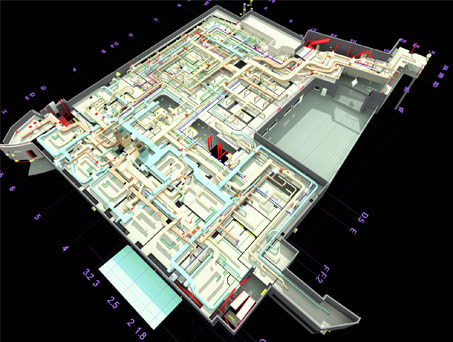
Building Information Modeling Basics
The strategic goal - that also results in several business benefits - of a model-based design environment is to ensure that everyone involved—designers, engineers, consultants, contractors, and facility managers—works within a shared model. This environment goes beyond the spatial representation of building geometry: it also integrates the essential input data for planning, along with processes such as sizing, analysis, and budgeting. Just as importantly, it provides a platform for capturing, sharing, and reusing the knowledge generated throughout the design process. (Hungarian article.)
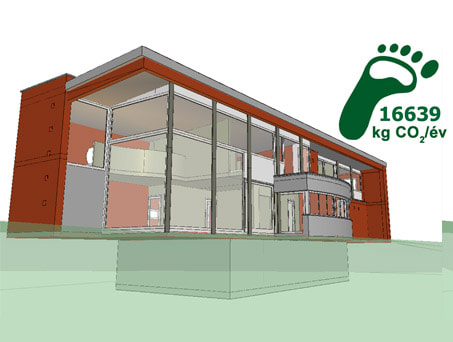
Architectural Design and Building Energy Performance
Around 80% of a building’s fundamental energy performance is determined by architects during the conceptual and early design planning stages. In contrast, only about 20% of energy-related planning decisions are made with the involvement of energy experts—usually much later in the design process. Designers are often not fully aware of how their early decisions affect overall building performance. However, practical and easy-to-use tools are available to help architects make more informed choices and integrate energy considerations from the very beginning. (Hungarian article.)

Let the Sunshine In - with Hybrid Solar Daylighting Systems
Lighting accounts for nearly 30% of electricity use in our built environment. By adopting solar and hybrid solar daylighting systems, we can dramatically reduce this demand while enhancing the quality of indoor light. These systems not only cut energy costs but also bring healthier, more natural daylight into our buildings, creating brighter and more comfortable spaces. (Hungarian article.)
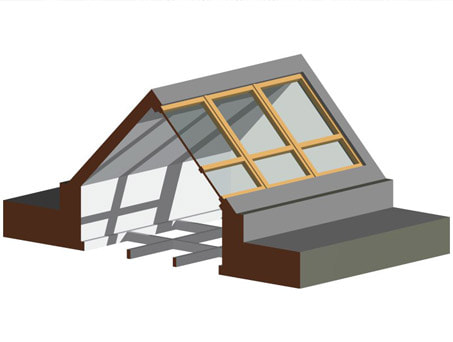
Daylighting Analysis of Rooflights Through Model Measurements in the Artificial Sky
The artificial sky can simulate different sky luminance distributions by switching the luminaries. Interiors of any geometry, surfaces of any quality, structures, or forms of opening can be examined via physical models and miniatures. The accuracy of this method meets all practical requirements. The sky itself is a 6m diameter hemisphere illuminated around its perimeter under its horizontal plane. All required standard sky conditions—i.e., IEC Overcast Sky—can be achieved and maintained throughout the measurements.